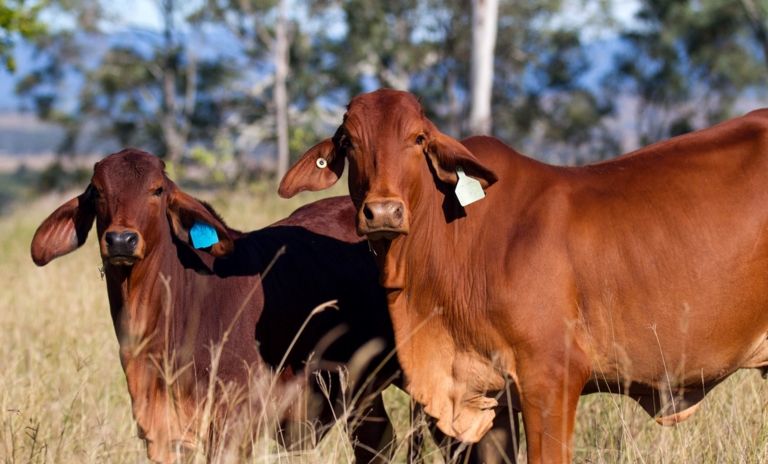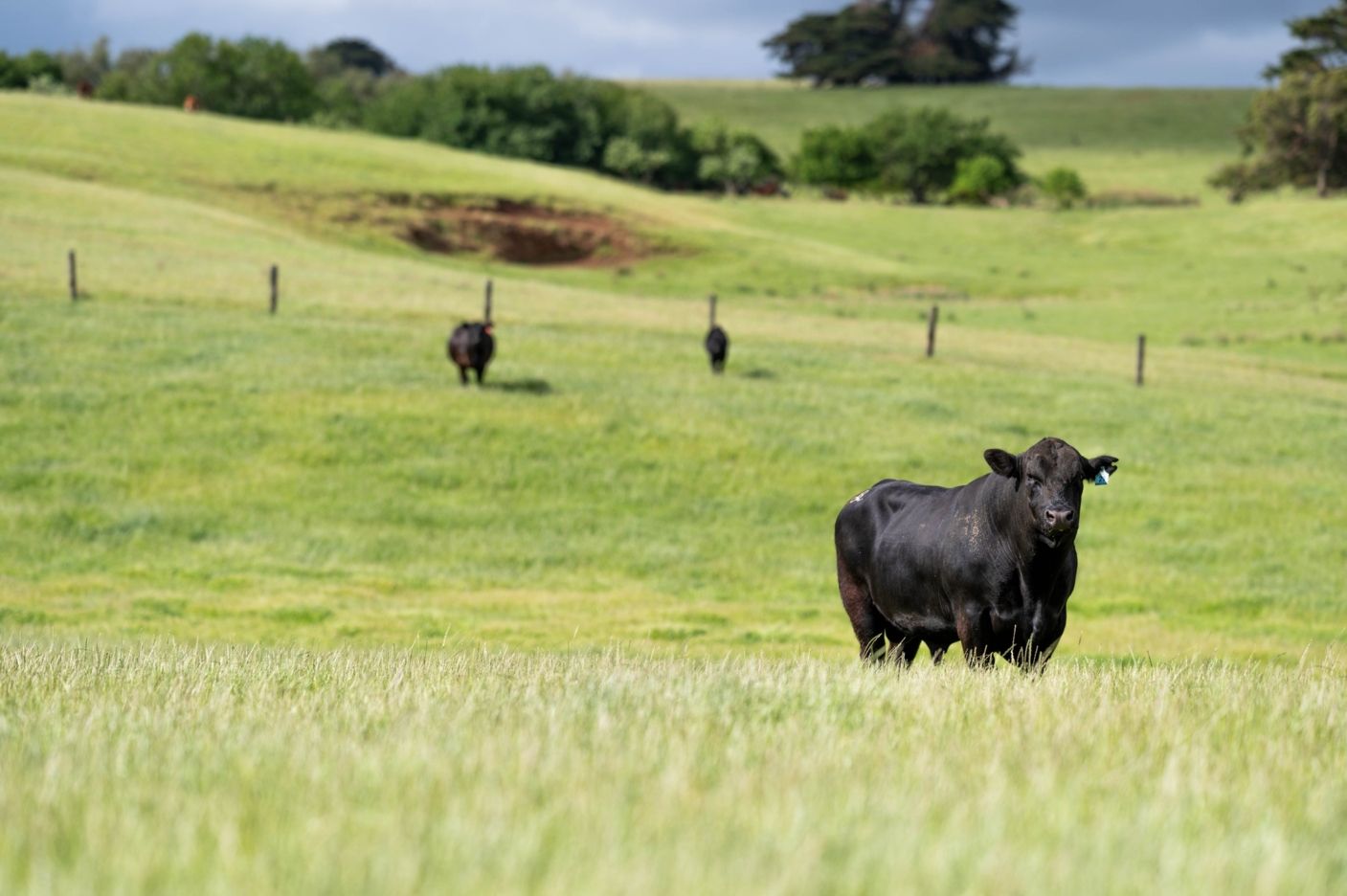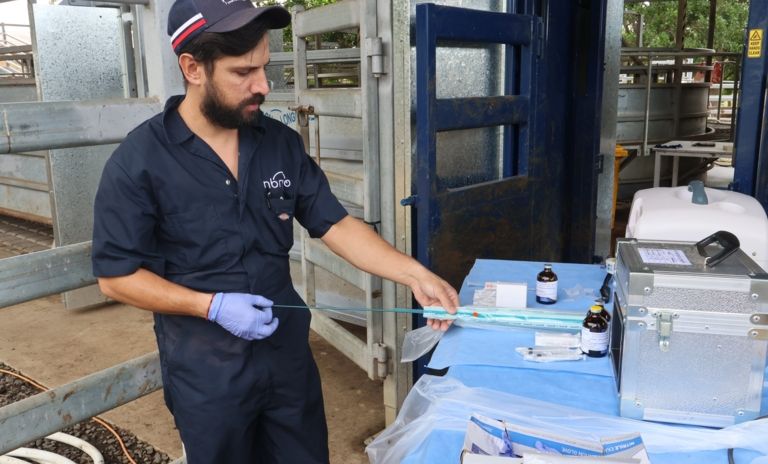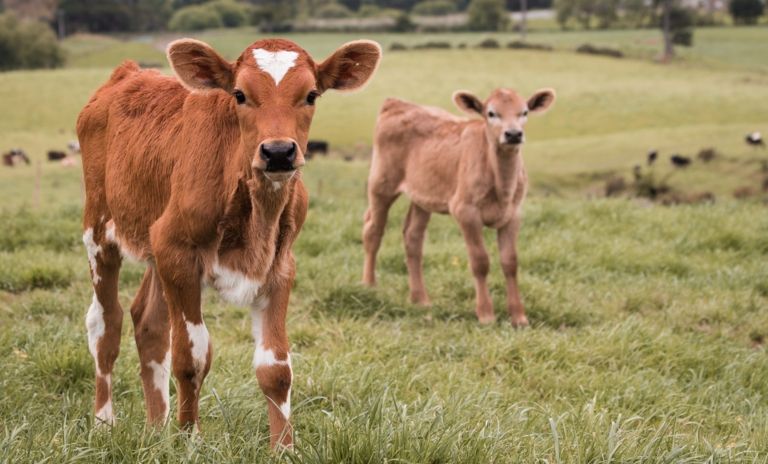

A major contributing factor to the rate of embryo development can be the semen that is used during the in vitro fertilisation (IVF) process. Despite taking all care in terms of ensuring that semen has met baseline quality requirements, it is a known fact that certain bulls and even different batches of semen from individual bulls will perform better than others during the IVF process.
As part of the quality assurance process Nbryo recommends that semen arrives at the laboratory no later than two weeks prior to the planned day of oocyte collection. This will allow the production team to perform an assay using oocytes derived from ovaries collected from an abattoir to determine the quality of the semen batch for use in IVF, whereby semen can be benchmarked against standard laboratory operations. A minimum of two straws of semen for each sire of the same batch is required to be supplied to the Nbryo laboratory, where one will be used for the assay.
Sometimes the decision may be to opt out of the assay process, as either the semen from the chosen sires may be either expensive or rare. This is okay, however there will be less reliability in predicting the outcomes of embryo development and increases the risk of a negative result.
At the time of the assay, the motility and concentration of the semen will be assessed. The results from the assay will allow us to estimate the number of donors that we believe can be fertilised with one straw of semen from each batch of semen used.
One straw of conventional semen can fertilise up to 10 to 12 donors with a maximum of 30 oocytes at each time. Actual number of donors may vary depending on the quality and quantity of semen that is recovered after the semen washing procedure during the IVP process. For more information see also our IVP process resource. If sexed semen is chosen for use in IVF, then one straw can cover up to five donors, but does vary depending on quality.
If one straw of semen is to be used over multiple donors, it is important for the donors to go through the OPU process in sequential order, so that the oocytes retrieved from the group of donors can be fertilised at the same time in the laboratory. Where multiple donors are to be fertilised with one straw, the time from first OPU to last OPU of the donor group should be no more than 3 hrs. For more information on what to expect at OPU see our OPU resource.


